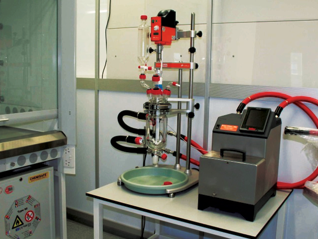Members Login

Channels
Special Offers & Promotions
Reactor-Ready Used for the Novel Manufacture of a Nano-Polymer for 3D Printing of Implantable Body Parts
Five years ago, few people had heard of 3D printing, but now computer-generated images are being used to create body parts.
 Scientists at University College London are using 3D printing to create ears made out of polyurethane-type polymers, to be implanted onto children with severe disfigurements in the first clinical trial of its kind. The scientific team has been testing the process by implanting a 3D ear on a rat.
Scientists at University College London are using 3D printing to create ears made out of polyurethane-type polymers, to be implanted onto children with severe disfigurements in the first clinical trial of its kind. The scientific team has been testing the process by implanting a 3D ear on a rat.
The operation is a major medical breakthrough and could radically change organ transplants. Professor Seifalian’s Group at University College London and Royal Free Hospital were involved in the synthesis of the polymers by solution polymerization.
Importantly, for polymer production to become GMP compliant, the synthesis protocol needed to be validated, however, this wasn’t possible using conventional off-the-shelf heating mantles and quick-fit apparatus as they introduced too many inconsistencies in the manufacturing process, for example, the temperature was very difficult to control at the pre-polymer stage, glass flanges needed silicone grease, PTFE gaskets were difficult to fit in place and the connection of the stirring paddle to the overhead stirring motor was difficult to set up.
Media Partners


